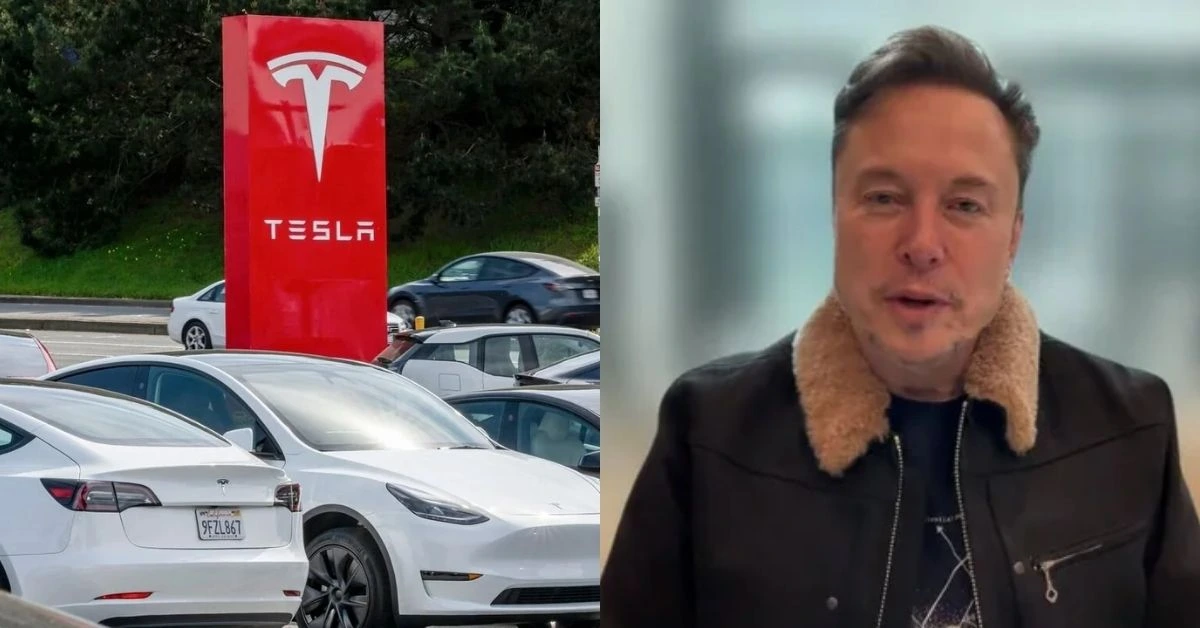Panasonic reportedly delays production ramp at US battery factory due to low Tesla demand
Panasonic delays full-scale production at its Kansas EV battery plant due to weakening Tesla demand. A closer look at the factors behind Tesla’s sales slowdown and its ripple effects.
Panasonic’s Kansas Gamble Hits a Speed Bump
Panasonic’s ambitious $4 billion EV battery factory in De Soto, Kansas—originally positioned as a key cog in Tesla’s North American supply chain—is facing a sobering recalibration. The company has officially delayed its internal target to hit full production capacity of 30 GWh annually by March 2027, citing slowing demand from Tesla, its largest customer and partner in EV battery innovation.
Although the factory is still expected to begin initial production shortly—with a ribbon-cutting ceremony on the horizon—the goalpost for full ramp-up has moved. The facility was designed to manufacture 2170 battery cells, the staple format powering most of Tesla’s current models. But Tesla’s shifting demand signals are forcing Panasonic to reassess.
Tesla’s EV Demand—Slowing and Splintering
Tesla, once the insatiable battery consumer, is pulling back. While the U.S. market remains its strongest, sales in Europe, China, and Canada are dropping fast. And the road ahead doesn’t look smoother: with the U.S. EV tax credit set to expire in Q4 2025, Tesla’s domestic edge could erode rapidly.
Table: Tesla EV Sales Decline Snapshot by Region
| Region | Q1 2025 Sales Decline (%) | Notable Stats |
|---|---|---|
| Europe | -49% | -76% in Germany (Feb), UK sales at 2-year low (Apr) |
| China | -49.2% | 40% of Tesla’s 2023 sales came from China; now in steep decline |
| Canada | ~0% | Sales have reportedly dropped to “nearly zero” |
| United States | Unconfirmed | Still strongest market, but concerns about data accuracy and softening demand |
A Perfect Storm of Challenges
Multiple intertwined issues are dragging Tesla into choppier waters:
- Financial Vulnerabilities: With EV tax credits ending and the carbon credit gravy train drying up, Tesla’s profit engine is under threat.
- Narrative Collapse: Public perception is turning. Once dazzled by Elon Musk’s bold promises—Mars missions, robotaxis, revolutionary 4680 batteries—many feel the hype hasn’t delivered.
- Production & Strategy Uncertainty: Rumors swirl around Cybertruck issues, inconsistent 4680 battery deployment, and whether Tesla is tactically hoarding inventory ahead of tax credit cuts.
- Brand Turbulence: From anti-Tesla protests in Europe to allegations of deceptive advertising in France, Tesla’s brand is battling both external hostility and internal friction.
- Leadership Fatigue: Musk’s increased control over sales in North America and Europe is seen by some as a red flag—indicative of internal chaos, not confidence.
Panasonic: Caught in the Crosswinds
Panasonic’s reliance on Tesla is proving precarious. The Kansas facility was purpose-built to serve Tesla’s growth trajectory, but now it may be forced to find alternative buyers. Lucid is a possible customer, as it also uses 2170 cells—but its scale pales in comparison.
In a broader context, Panasonic’s pivot underscores the dangers of overdependence on a single, volatile partner. It also reflects how sluggish EV adoption and geopolitical uncertainty are reshaping the EV battery supply chain in real time.
What’s Next?
For Tesla, Q4 2025 looms large. Without a rebound in global sales or an extension of federal EV incentives, analysts are warning of potential layoffs or extended employee holidays. Meanwhile, skeptics argue that the company’s market value continues to defy gravity—propped up by investor optimism rather than fundamentals.
For Panasonic, the strategy will need to evolve quickly. Whether that means diversifying its client base, adjusting its production output, or tapping new segments of the EV market, the Kansas delay is a reality check.
Final Thought
Panasonic’s Kansas pause isn’t just a manufacturing delay—it’s a mirror reflecting Tesla’s mounting challenges. The EV giant’s slowing momentum is triggering reverberations across its ecosystem, forcing suppliers, investors, and even competitors to rethink their roles in an uncertain electric future.

